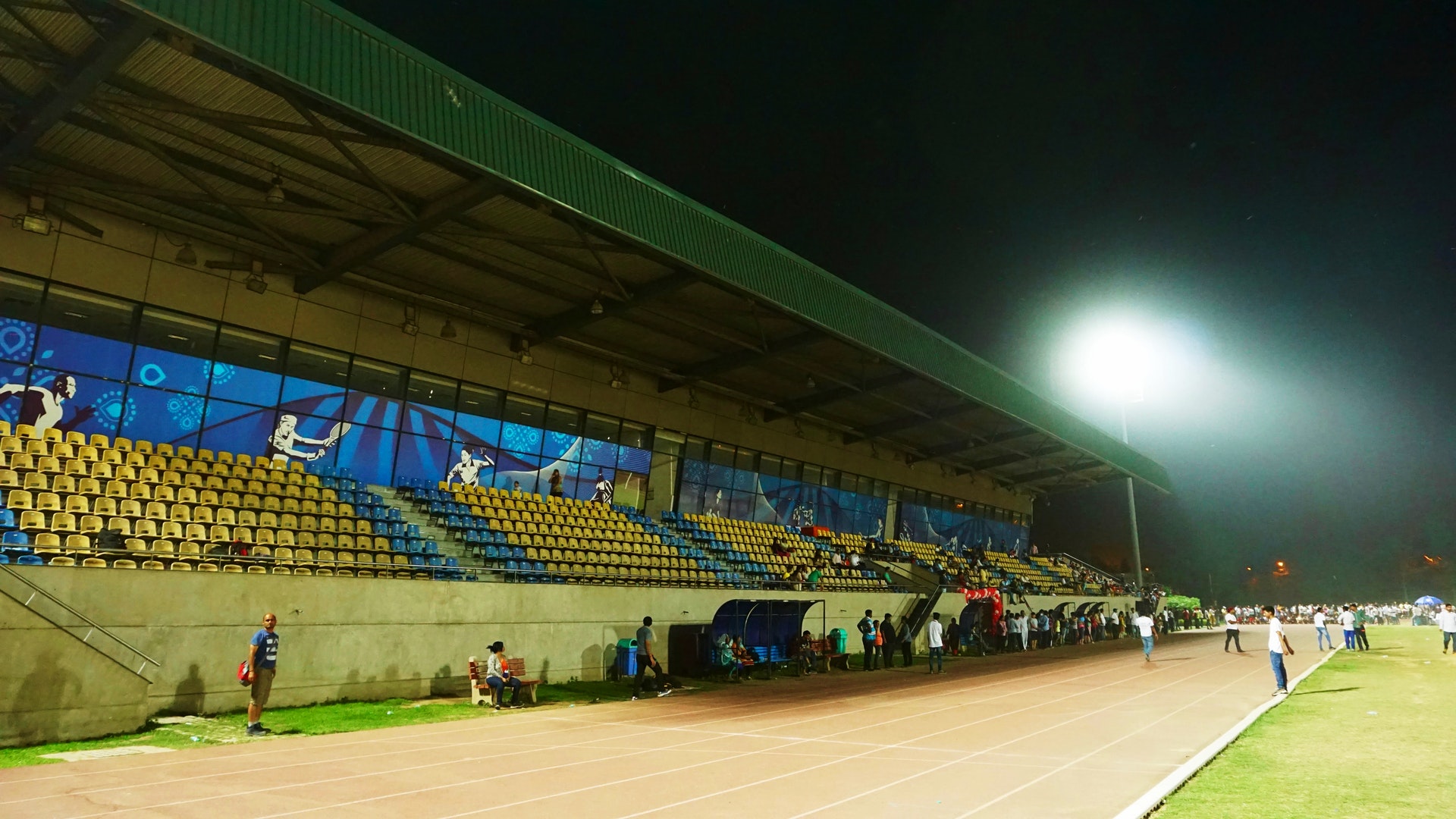
6 Adverse Effects of Light Pollution on the Environment
We are reader-supported. When you buy through links on our site, we may earn affiliate commission.
You probably don’t give much thought to the environment when you flip on your front porch light at dusk. However, your choice of bulb and fixture could spell trouble for fireflies, migratory birds and even human beings.
People generally think of pollution as throwing litter on the highways or plastic in the ocean. However, it also affects our skies. Here are six adverse effects of light pollution on the environment and how you can do your part to address the issue.
1. It Leads to Firefly Extinction
To understand how light pollution impacts the firefly population, you need to study their mating habits. Those bright blinkers aren’t for delighting your littles when captured in a jar. They’re for attracting mates and each species of firefly emits distinctive patterns that tell potential partners they’re ready to have wee families.
When too much light pollution from nearby homes and businesses keeps twilight bright, fireflies can’t recognize their mate’s signals. When procreation dwindles, populations diminish and eventually disappear.
Light pollution isn’t the only threat these delicate creatures face. Pesticides also imperil their existence. They are, after all, beetles — meaning the same sprays that keep cockroaches at bay also affect their prettier cousins.
Finally, disappearing habitats make it a struggle for many species to survive. Not all fireflies fly, meaning they can’t migrate elsewhere when developments encroach on their territory.
You might not be able to control what your neighbor sprays around their patio or stop that new strip mall from going in down the street. However, you can change your outdoor light fixtures, opting for dark-sky +-compliant models to protect these endangered creatures.
2. It Upsets Seasonal Migration Patterns
Have you noticed fewer songbirds of late? Light pollution could lurk behind the diminished populations if your birding binoculars seem bare. These creatures migrate at night and big city lights look like lighthouses, guiding their way home. However, it confuses their internal sense of direction, often with fatal results. The Mass Audubon already warns that 61 bird species are susceptible to climate change. Why increase their risks with light?
Remember the adorable baby sea turtles in “Finding Nemo?” Light pollution also threatens their population. These creatures seek quiet and dark areas along the shore to lay their eggs and beacons from the shoreline inhibit procreation, leading to fewer baby turtles every year.
3. It Poses a Danger to Aircraft
Airplane crashes result in human suffering and environmental degradation. The impact alone displaces wildlife, and leaking chemicals can contaminate the soil.
Light pollution from front yard laser light displays increases flight risks. The Federal Aviation Administration reported over 8,000 such strikes as of November of 2021, up from just over 6,000 in 2020. The solution? Please keep your lights pointed at structures, not into the night sky. You aren’t signaling Batman.
4. It Interferes With Circadian Rhythms
Can light pollution pose a hazard to human health? Absolutely — and you probably feel the effects. Many artificial lights fall along the blue light spectrum, mimicking the sun’s rays. As a result, your body suppresses melatonin production, a vital sleep hormone for getting your Zzzs. The problem only compounds as more telecommuters take their work to bed.
Being chronically tired is more than an inconvenience. Experts consider drowsy driving as dangerous as getting behind the wheel after having a few drinks. Furthermore, a lack of sleep impacts your hormonal levels, increasing cortisol production. This substance can make you crave fatty, sugar-laden foods, resulting in unwanted pounds around your waistline.
5. It Leads to Adverse Health Outcomes
If insomnia becomes an ongoing problem, you could suffer more severe adverse health effects. For example, overconsuming high-fat, high-sugar foods can lead to insulin resistance and eventually Type 2 diabetes. This condition increases cardiovascular disease risks, putting unnecessary pressure on your heart.
Furthermore, research suggests that those who get less than six hours per night have an increased risk of high blood pressure. This condition also strains your ticker, making you more prone to heart attack and stroke.
6. It Prevents You From Seeing the Stars
If you live in one of the west’s dark sky communities, you’re in for a sobering surprise when you travel to a more urban location. The sky goes from a cacophony of light and color to a dull navy slate, with nary a twinkler in sight.
Light pollution keeps you from seeing the stars. This lack creates problems for more than amateur astronomers — it deprives entire generations of looking up in perfect silence, marveling at their place in the universe.
Preventing light pollution isn’t that challenging. Amber-tinted bulbs and properly shaded exterior lamps keep the skies free for everyone to enjoy. However, it also requires a collective effort to preserve the nighttime panorama.
The Effects of Light Pollution on the Environment
Light pollution is more than a mere inconvenience. It has devastating effects on animals and human populations.
Now that you understand the issue, take action to minimize the effects of light pollution on your immediate environment today. If everyone works together, we can put the stars back in the sky.
Share on
Like what you read? Join other Environment.co readers!
Get the latest updates on our planet by subscribing to the Environment.co newsletter!
About the author
Steve Russell
Steve is the Managing Editor of Environment.co and regularly contributes articles related to wildlife, biodiversity, and recycling. His passions include wildlife photography and bird watching.





